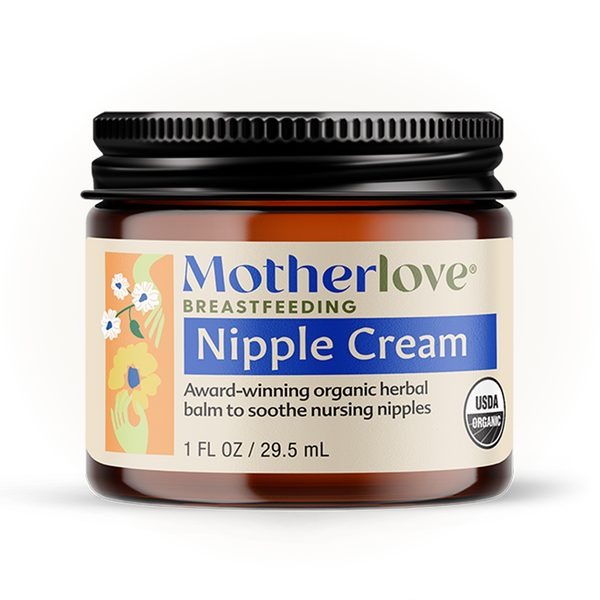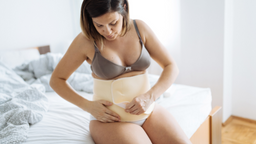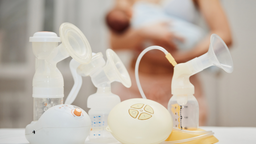Are you traveling for the holidays and planning to transport some of your pumped milk?
Whether you pump for work, for baby to have a bottle, or you pump exclusively, there are a few things you should know if you’re planning to travel with your milk.
FLYING WHILE BREASTFEEDING: BRINGING BREAST MILK ONBOARD YOUR FLIGHT
Back in 2006, when the Transportation Security Administration (TSA) adopted restrictive policies regarding liquids brought on board planes, mothers who were traveling without children reported being told to dump out their pumped milk before boarding.
Fortunately, things have improved significantly since then. The TSA Policy is now as follows:
- Mothers flying with, and without, their child are permitted to bring breast milk in quantities greater than three ounces as long as it is declared for inspection at the security checkpoint.
- Breast milk is in the same category as liquid medications.
- When carrying formula, breast milk, or juice through the checkpoint, they will be inspected, however, you or your infant or toddler will not be asked to test or taste breast milk, formula, or juice. Security Officers may test liquid exemptions (exempt items more than 3 ounces) for explosives. Officers may ask you to open the container during the screening process.
- When traveling with your infant or toddler, in the absence of suspicious activity or items, greater than 3 ounces of baby formula, breast milk, or juice are permitted through the security checkpoint in reasonable quantities for the duration of your itinerary, if you perform the following:
- Separate these items from the liquids, gels, and aerosols in your quart-size and zip-top bag.
- Declare you have the items to a security officer at the security checkpoint.
- Present these items for additional inspection once reaching the X-ray. These items are subject to additional screening and officers may ask you to open a container.
We recommend that you print out and bring a copy of the TSA regulations with you in case an agent has questions.
GOING THROUGH TSA WITH BREASTMILK: CHECKING CONTAINERS OF BREAST MILK
Breast milk can also be packed in your luggage and checked. If you do pack it in a suitcase be sure to enclose it in multiple layers (several zip lock bags inside an airtight plastic container, for example) to guard against spillage.
Some mothers who are transporting a lot of milk opt to check a well-sealed cooler of milk. Bear in mind that frozen milk will likely thaw, partially or completely, in transport. To keep the milk at refrigerator temperature or lower, we’d recommend packing your milk in ice or dry ice.
BREAST MILK STORAGE ON A ROAD TRIP: TRAVELING BY CAR
If you’re traveling by car and expect to need to pump, you’ll want to either plan for periodic pumping stops or invest in a cigarette lighter adapter in order to pump while driving (check to make sure one is available for your brand of pump). Obviously, it’s safest if you pump while someone else is driving, or stop to pump. We’d caution against pumping while driving if you find it distracting enough to make driving unsafe. We want you to get there safely!
The milk you pump on the road will stay good in an insulated cooler pack with ice packs for up to 24 hours. See below for milk storage guidelines once you get the milk to your destination.
If you’re planning to be on the road with already pumped milk, your options are much like those for flying with breast milk. Fresh milk can be transported at refrigerator temperature in a cooler bag or cooler with ice, and then stored in the refrigerator at your destination (see below). If your milk is frozen, you can pack it in a cooler with ice or dry ice. It will likely partially or fully thaw. See below for milk storage guidelines once you get the milk to your destination.
HOW LONG IS BREAST MILK GOOD AFTER I GET IT HOME?
Since fresh milk can be kept in the refrigerator for five days, fresh (not frozen) milk that is transported at a temperature at least as cold as a refrigerator should be good for up to five days (in total).
And since frozen and thawed milk can be kept in the refrigerator for up to 24 hours after thawing, frozen milk which thaws in transport but remains cool (refrigerator temperature or lower) should be good in the refrigerator for up to 24 hours after thawing. It’s not recommended that milk be re-frozen.
*Milk storage guidelines from the Academy of Breastfeeding Medicine’s protocol.




